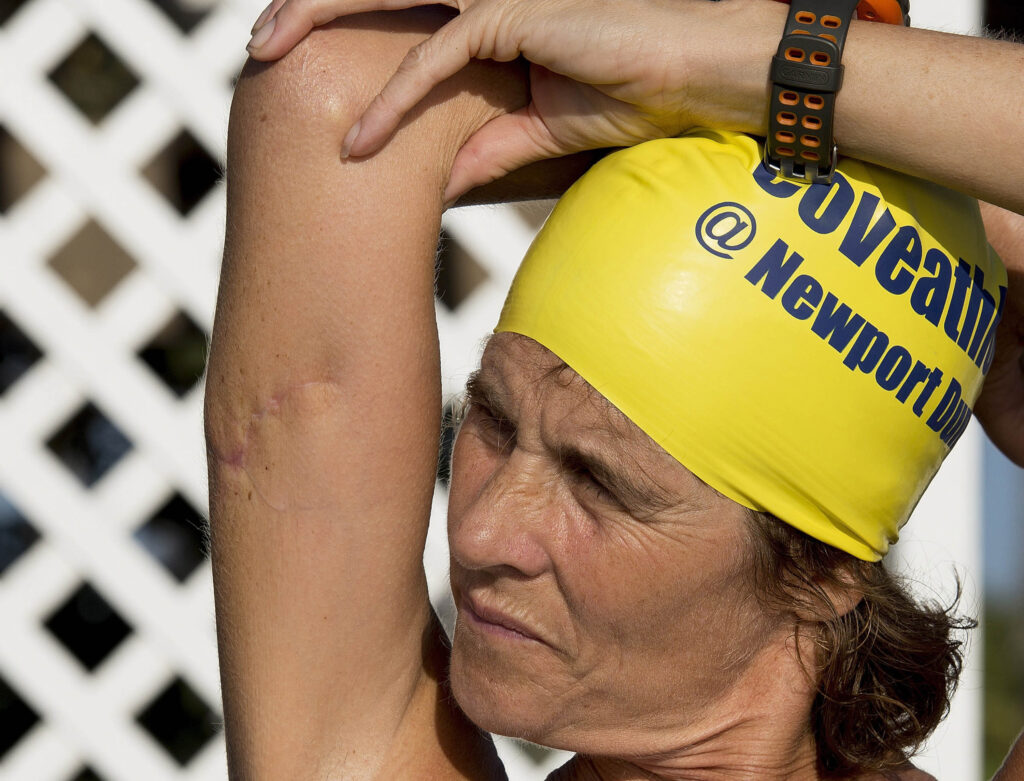
Researchers have now found a way to heal wounds so that they don’t become scars.
The research first began at the Perelman School of Medicine at the University of Pennsylvania but grew and expanded to involve the Plikus Laboratory for Developmental and Regenerative Biology at the University of California, Irvine.
“Essentially, we can manipulate wound healing so that it leads to skin regeneration rather than scarring,” Dr. George Cotsarelis, MD, chair of the Department of Dermatology and Milton Bixler Hartzell professor of dermatology at Penn, and principal investigator of the project, said.
Cotsarelis said that the secret is to first regenerate the hair follicles, then the fat will regenerate as a response to the follicles. This means that the newly repaired skin will share the same appearance as the surrounding skin.
The research from the study also showed that hair and fat can only develop independently of each other, which is why the hair follicles must be allowed to develop first.
According to the researchers, the most common type of cell in a healing wound is a myofibroblast, which were previously thought to only form scar tissue. However, researchers found that the myofibroblasts, which developed after the hair follicles, were indistinguishable from the other fat cells around the wound.
In order to understand what was prompting the myofibroblasts to grow into fat cells, researchers found a factor called Bone Morphogenetic Protein, or BMP, that will tell the cells to become fat.
“Typically, myofibroblasts were thought to be incapable of becoming a different type of cell,” Cotsarelis said. “But our work shows we have the ability to influence these cells, and that they can be efficiently and stably converted into adipocytes.” This was shown in both the mouse and in human keloid cells grown in culture.
The lead author of the study, Maksim Plikus, believes that there is a certain amount of time after being wounded that the tissue can be influenced to become fat cells instead of scar tissue.
“It’s highly desirable from a clinical standpoint, but right now it’s an unmet need,” Cotsarelis said.
In addition to the benefits of healing wounds without scars and the possibility for use in dermatology, the loss of adipocytes or fat cells, is a common side effect of many conditions and treatments, including those for HIV.
Currently, there are no effective treatments to remedy this loss, but with the help of the results of this study, researchers believe an effective treatment could be developed using these results.
Fat cells are also lost during the aging process, which can leave people with deep wrinkles that are not fixable through current anti-aging treatments.
“Our findings can potentially move us toward a new strategy to regenerate adipocytes in wrinkled skin, which could lead us to brand new anti-aging treatments,” Cotsarelis said.
However, first and foremost, the researchers know that they must use this as a way to effectively heal wounds before moving onto any cosmetic treatments.












